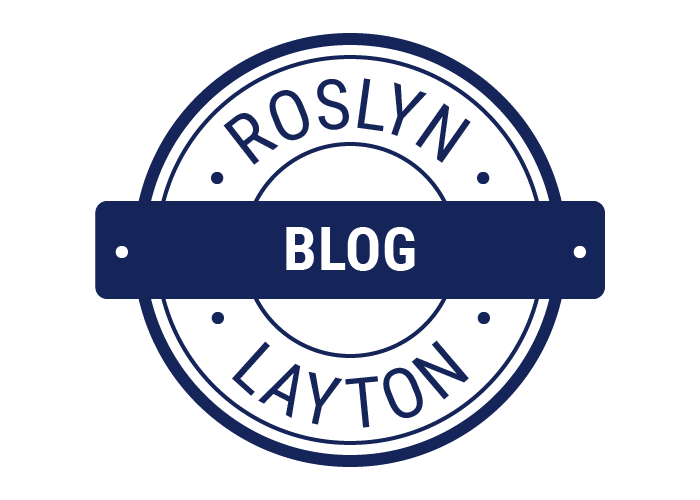Freight Rail Pushes Past Pandemic Driving Billions To US Economy

The first hearing of the House Transportation & Infrastructure Committee kicked off today for the 118th Congress. The hearing, The State of Transportation Infrastructure and Supply Chain Challenges, featured new Chairman Sam Graves (R-MO) and Ranking Member Rick Laursen (D-CA). The supply chain, labor, and regulation of freight rail, America’s best scoring infrastructure which drove $1 trillion to the US economy in 2021, were topics of the hearing.
Roughly half of the $1.2 trillion of the Infrastructure Investment and Jobs Act (IIJA) falls under the jurisdiction of this committee. Chairman Graves laid out priorities of the committee, noting that America’s transportation network is essential and integral to American competitiveness, movement of goods and people, and quality of life. He noted how Covid-19 exposed the vulnerabilities of America’s transportation networks and was exacerbated by misguided regulation. A key theme for Republicans in this Congress, oversight of IIJA monies, featured in this hearing as well well as ensuring that efficient, resilient supply chains.
Labor and Safety
The last Congress closed on a cliffhanger between 115,000 rail workers and management, threatened strikes, and the 11th hour agreement between the parties ultimately finalized by Congress. America’s freight rail workers were already among the best compensated in the world; this deal entrenched them among the top 7 percent of all U.S. workers.
Both management and labor representatives noted the historic nature of the deal, with the Association of American Railroads also pointing to progress being made on improving quality of life issues for unionized rail workers. This was a key sticking point as the economy watched closely at the end of 2022. It happens against the backdrop of railroads continuing to hire, even in the face of economic headwinds and major customers reducing their ranks.
However all is not well going forward as labor continues to pursue policies that run counter to safety gains for their own near term self interests. For instance, in a recent memo on how stakeholders can submit waiver requests – which are often how railroads can explore new models outside of a remarkably dated large regulatory code – the agency flatly stated: “Accordingly, prior to filing a waiver petition or other approval request with Federal Railroad Administration (FRA), a railroad should consult with any potentially impacted employees, and the local and national levels of any labor organizations that represent them, and document the extent and outcome of its consultation in any incoming petition.”
Quantum leaps in safety account among the key innovation of freight rail networks. This has been achieved by massive investment in new technology the by railroads as well as regulatory policy. However the FRA has been inexplicably opposed to “automated track inspection.” Moreover, the agency pushed to freeze the current locomotive staffing paradigm into place with a “minimum crew size standard,” meaning for now and forever railroads would be required to have two people in the cab of a locomotive. Many safety improvements are enabled by upgrading humans to highly-skilled, decision oriented roles while using artificial intelligence for routine tasks. The FRA’s 2-man crew mandate can only be explained as a political reward a favored constituency; it cannot be squared with world leading rail safety practices.
Supply Chain and Climate
Fortunately freight railroads demonstrate service improvements as supply chains begin to ease. Per the Wall Street Journal, “Many of the Fed’s business contacts across the country reported an easing in supply-chain disruptions.” J.B. Hunt, one of the nation’s largest “intermodal” companies, says “intermodal service in the fourth quarter was significantly better than earlier in 2022.”
Moreover the freight rail industry, the leading transport industry for decarbonization, has made great progress in climate goals. According to a new White House report: “[r]ail makes up approximately 28% of U.S. freight movement by ton-miles but only accounts for about 2% of total U.S. transportation emissions.” This represents a significantly better, more efficient performance than freight trucking, which enjoys much of the $550 billion in IIJA subsidies for roads and bridges. Freight rail networks are private and take no subsidies.
The hearing also revealed how the Biden Administration’s climate goals are frustrated by the minimum crew size. According to new research by Mark Burton at the Unniversity of Tennesse from a study on Rail-Truck Competition in an Era of Automation Technology, the FRA’s rule will “divert significant rail traffic to all-highway routings, reducing non-coal rail traffic between seven and 14 percent. Corresponding railroad revenues are also predicted to fall. The diversions seemingly would diminish public safety, increase annual fuel consumption by as much as 40 million gallons, and lead to major increases in the demand for highway capacity.”
The freight rail industry called on Congress and regulators not to impede innovation and competition with misguided rules which ironically undermine overall policy goals for climate and safety.
Originally published in Forbes.